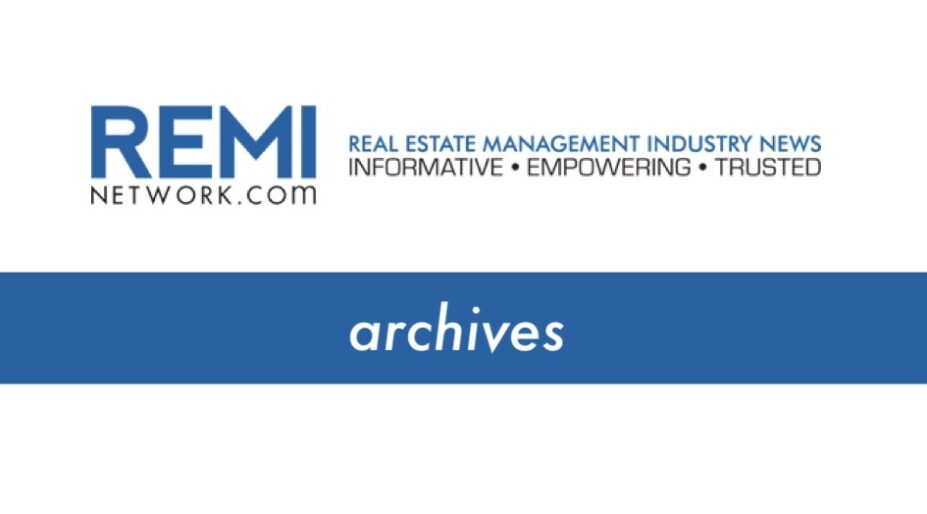In the current economic climate, many organizations are searching for ways to cut back on costs. In many cases, that means eyeing their real estate portfolios.
Facilities budgets are often viewed as a necessary evil, as one expert on IFMA Toronto’s recent business and finance panel put it, but any cuts will have their tradeoffs.
The budget pressures faced by facilities professionals were among a handful of hot button topics put to the panel.
Here are five takeaway finance tips for facility managers from the event:
1. Don’t forget to account for commonly missed costs
Jerome Vos, vice-president of finance at Sodexo Canada, pointed to dependent costs as one of the most overlooked budget line items. For example, a facility manager may forget to account for the screws and brackets that will need to be ordered when calculating the cost of ductwork.
They may be small items, Vos said, but they add up over multiple projects and facilities. He added that breakage and shrinkage are also expensive and underappreciated budget line items.
The challenge in capital planning is that equipment may breakdown beyond repair sooner than anticipated, Vos said. He recommended building contingencies into asset tracking for when equipment expected to last 10 years instead lasts 9 or 11 years.
2. Know when to negotiate leasehold improvements
John Duda, senior vice-president of national accounts and eastern Canada at Colliers International, doesn’t view leasehold improvements as a pro or con proposition, but rather a matter of understanding both the business of the tenant and landlord. Dudas said that tenants typically look to leasehold improvements to delay a cash outlay.
“Certain landlords have no interest whatsoever in having leasehold improvements,” he said. “And that typically is more on the private owner side, where they’re not concerned about the base rates on rent, whereas the REITs are highly concerned about the base rates on rent and they will push very hard for leasehold improvements.”
3. Explain the business impact of budget cuts
Mike Varvel, director of operations at Sodexo Canada, offered the hypothetical that a facility manager is asked to deliver five per cent budget savings over three months. If the facility manager delivers five per cent budget savings without explaining the impact, he sets himself up to be asked to make future such reductions, he said.
“You have to know your business inside and out, but you also have to know who your key customers are and how it’s going to impact them,” Varvel said.
4. Submit clear and concise budget packages
Mark Orge, director of facilities at Ainsworth, asks himself the following question when preparing expense budgets: “If someone walked in from another department and looked at my budget, would they understand what I’m expecting to happen next year?” In other words, Orge said that communicating clearly and concisely is job number one.
When creating a capital budget, a facilities professional is likely presenting a range of options. The facility manager needs to calculate to the cost of doing nothing, because doing nothing is always an option, he said.
“It has to tell a thorough story,” Orge said. “If you just ask for the money, you’re not going to get it.”
5. Get inventive to contain costs
Patrick Manley, director of national grants at the SickKids Foundation, said that, outside of construction projects, organizations usually struggle with cost containment when they’re at the margin. In other words, he said that they’re either over capacity but can’t afford to expand their facilities, or have already scaled back and can’t afford to cut down further on size, yet are still having difficulty shouldering the associated costs.
“At those points it really is about getting inventive,” Manley said. “You’ve really got to lay down what’s important to you, what’s important to your landlord, if that’s the case … Really, really know the situation that you’re in.”
Manley added that one can never do too much analysis, pointing to the co-ordination involved in his organization building a $400-million research facility.
“We ran out those numbers so many times and the first dozen times said, ‘We can’t do this,’ and we had to accept that,” he recalled. Everything eventually worked out, “but we kept analyzing all along the way, because you just can’t take your eye off the ball.”
Michelle Ervin is the editor of Canadian Facility Management & Design.





